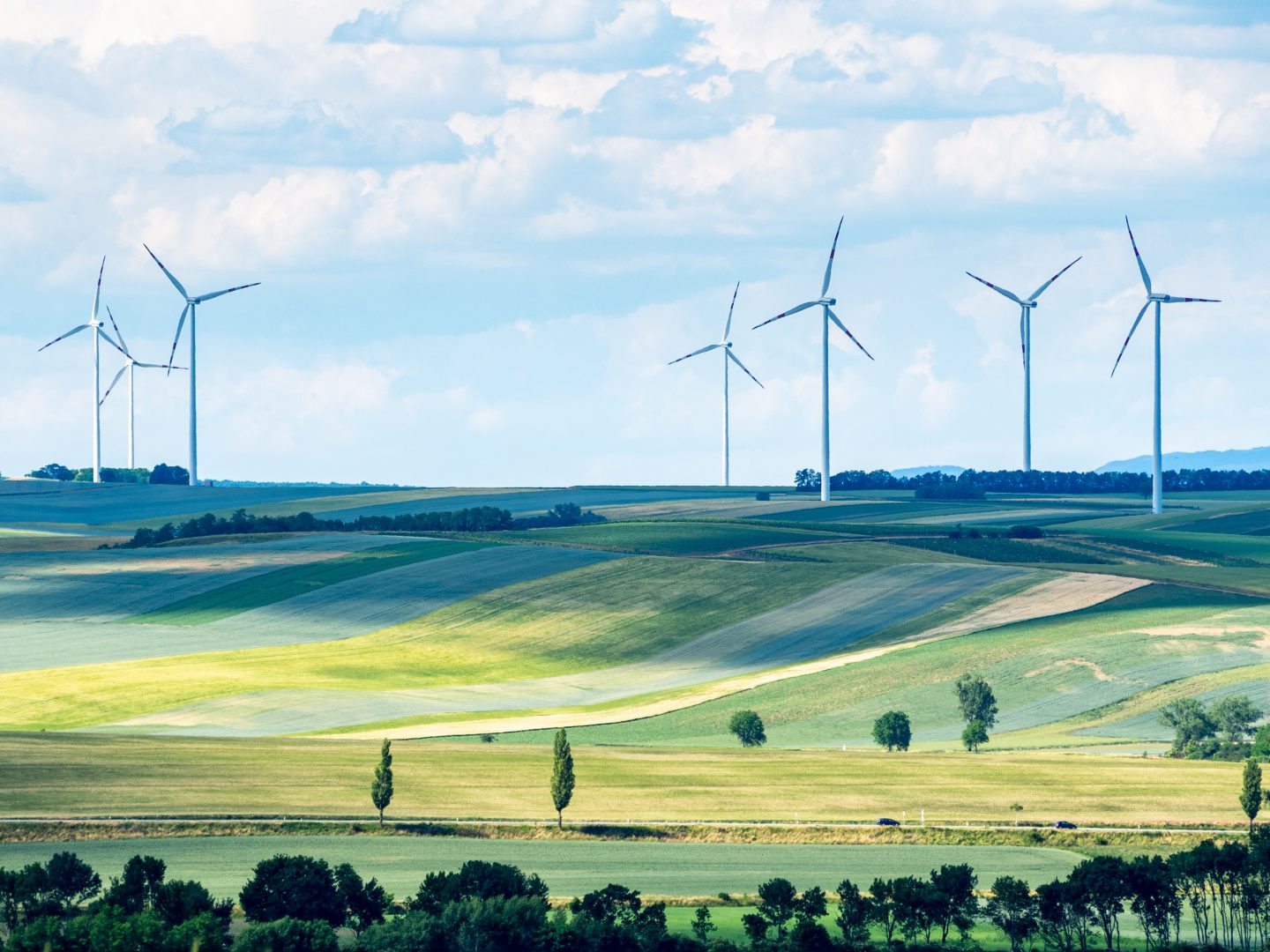PARSEC sectors: Energy
Application fields: Energy & Natural Resources
Keywords: advanced networks, Digital twin modelling, embedded turbine sensors, IoT, LIDAR, met mast, renewable, site selection, turbine configurations, wind
Current trends move to smarter turbines and plants. Smarter turbines are able to sense and optimize energy capture while knowing the state of the turbine’s health. For instance, the wind farm model developed by GE pairs 2-MW wind turbines with a digital twin modelling system that can assemble up to 20 turbine configurations at every wind farm pad for peak power generation. Embedded turbine sensors gather and analyse real-time data on factors such as temperature, misalignments or vibrations and relays it to advanced networks that make adjustments to improve efficiency.

New technologies have also emerged for wind resource assessment for studying the suitability of the site for a wind farm construction. The minimum average wind speed potentially economically viable will vary with the class of wind turbine and the current/predicted cost of electricity in the region. The knowledge of the long-term average wind speed, coupled with considerations of favourable topography, and the proximity to existing transmission infrastructure, will be the most important factors for identifying adequate sites. After that, detailed measurement campaigns of at least one year in duration are needed, from a met mast or LIDAR. This is a challenging offshore process for collecting information regarding hub-height and rotor-layer wind speed information over each season, so that annual energy production at that site can be assessed. Other information is also provided by met masts or LIDARs, for example, about the profile of wind speed with height at that location, along with information about the turbulence, information that could be useful for example for banks to decide whether invest or not for a proposed wind project.
EO Relevance
Remote sensing radar data, such as Sentinel-1, are supplemental to the ground LIDAR in providing coarser context on a planetary scale. Combining and exploiting both is possible with various Earth Observation tools, e.g. see BigDataCube [1,2] for a relevant use-case on off-shore wind parks in the North Sea.
Main stakeholders doing R&D: Vestas, Goldwind, Enercon, Siemens, Suzlon Group
Main stakeholders in the market: Siemens, Vestas, GE Renewable Energy, Enercon, Nordex SE, Senvion SE, Goldwind, Sinovel Wind, Suzlon, Gamesa Eólica
Leave A Comment
You must be logged in to post a comment.